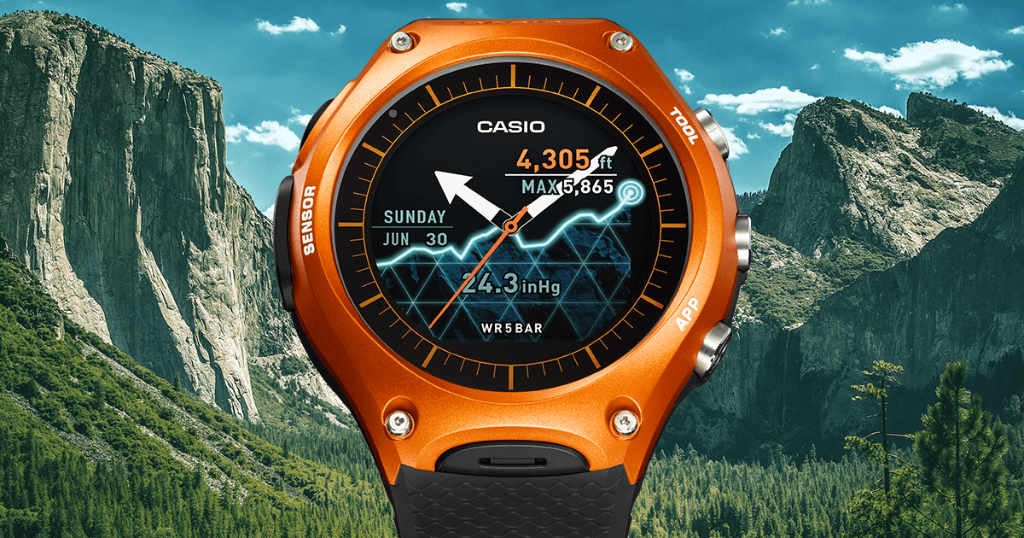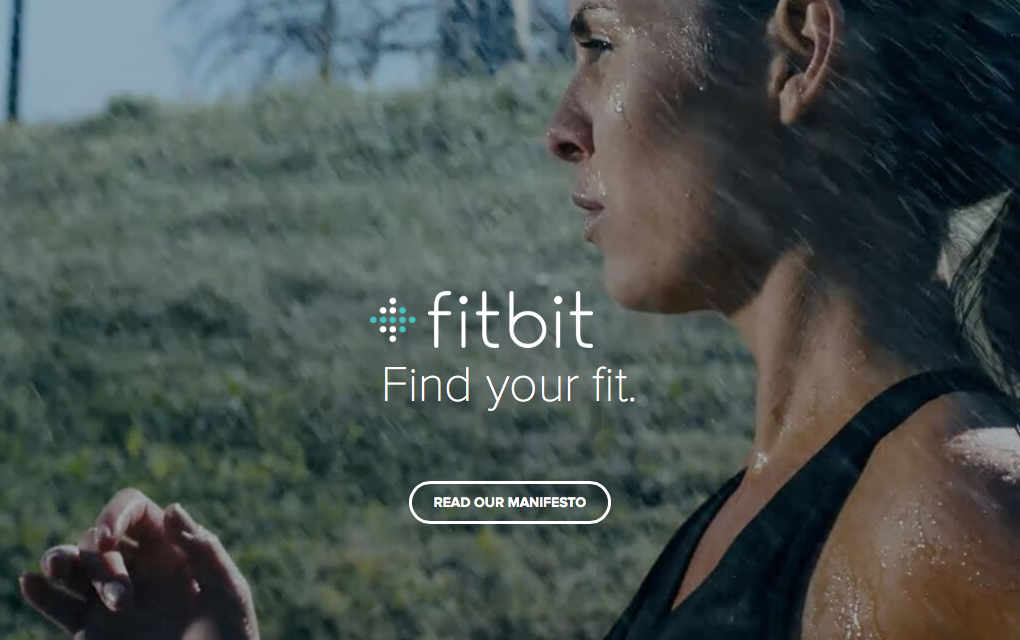
Casio Smart Outdoor Watch – WSD-F10. Source: casio.com
Those who understand that “wear” is a verb, will succeed in wearables
Companies, that are showing early success in wearables, address wear as a verb and make it the guiding principle of the holistic user experience for their products. This is why Apple Watch is getting critical feedback lately about needing to move Apple Watch marketing away from fitness and go all-in on the luxury, style and work/productivity markets. Read Cult of Mac’s article “Fitness apps are ruining the Apple Watch. Apple should scrap them.” for a thoughtful exploration of this argument.
Apple products don’t prioritize ‘wear’ as a verb, because Apple does not embrace a design philosophy that considers ‘wear and tear’. If they did, they’d design mobile and wearable products that survive real-world use vs. requiring a consumer to care for their devices as if they were a newborn baby.
In contrast, products from Fitbit, Garmin, Jawbone and now Casio that seem to really ‘get’ how much wear and tear a wearable needs to endure when used in real-world fitness and recreation scenarios. It was actually the recent announcement of the new Casio WSD-F10 (Android Wear) Smart Outdoor Watch that prompted me to write this.
It’s certainly nostalgic to see Casio revive the design ethos that has made it’s historic line of “G-Shock” style products successful. These are technological objects that not only look rugged, but can actually hold up to abuse (the new watch literally complies with the MIL-STD-810G*2 military standard endurance tests specified by the U.S. Department of Defense).
I see this trend in smart wearable features pulling all technology in the direction of durability. Apple is busy making iPhones credit card thin and removing most standard and functional ports, when what the market wants is a smartwatch/phone you can drop on the floor or in the toilet and it won’t break.
Wearables marketing often leads with the general theme that life is like a bar fight. Apple wants to send you into that combat zone with a well dressed wingman who has a glass jaw. The companies that can send you into that battle with the digital incarnation of a Navy Seal might win in the long run.
While style has always been a consideration for successful lifestyle/sports/fitness brands, durability and overall bad-ass-ness have always taken priority. The Apple watch fails to address this expectation as it relates to the fitness category. It’s simply too fragile for this use case, relative to its hefty price tag. With products like the new Casio watch, and other durable user-centered designs coming to market, I’m excited to see what 2016 has in store for wearables.

